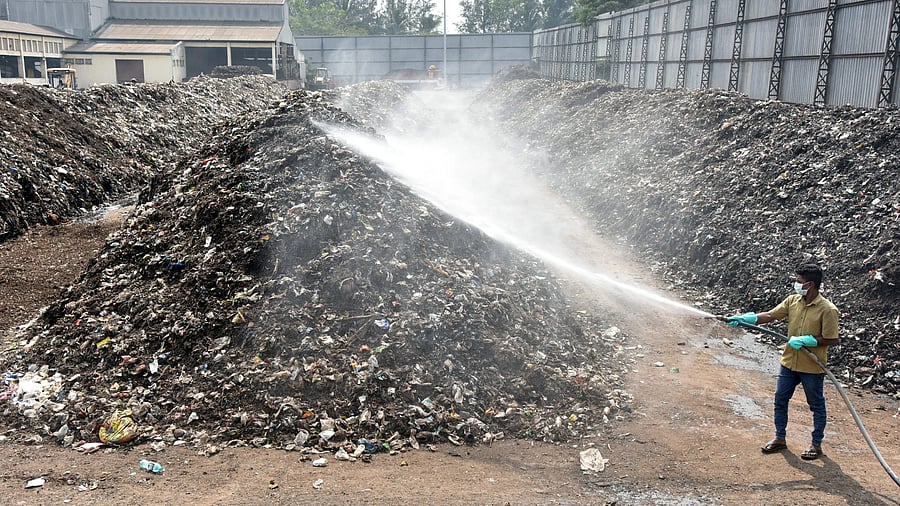
Bengaluru: The Central Pollution Control Board (CPCB) has directed the state pollution control board (SPCB) authorities to ensure waste-to-energy (WTE) plants and sanitary landfill (SLF) sites install the online continuous emission monitoring system (OCEMS) for self surveillance of air and water quality in such units.
The WTE plants and the SLFs are significant sources of air emissions and leachate, which affect the environment if not managed at the early stage. Governments struggling with handling solid waste have found WTE plants as a win-win to meet increasing demand while reducing the burden of the piling waste.
The CPCB had in July written to the heads of the pollution control authorities in the states and the Union territories, seeking a report on the action taken against the WTE industries that have failed to comply with the emission standards.
The CPCB’s latest directive comes after its report showing that WTE plants in Andhra Pradesh and Gujarat were operational without valid authorisation. The incineration stack was not monitored for all the parameters, the plant did not provide an analysis report of bottom ash/fly ash and all parameters in leachate were not monitored. The Andhra Pradesh SPCB had not provided details of action taken.
Deadline set
The CPCB has set September 12 as the deadline for states to enforce the rules and submit an action taken report. The Board directed the states to ensure that all operational and upcoming MSW incineration-based WTE plants to install and operate OCEMS for real-time monitoring of the parameters such as particulate matter, sulphur dioxide (SO2), nitrogen oxides (NOx), hydrogen fluoride, hydrogen chloride and carbon monoxide.
Similarly, the SLFs have to install online continuous effluent monitoring systems to check the quality of the treated leachage for parameters like pH, total suspended solids (TSS), biochemical oxygen demand (BOD), chemical oxygen demand (COD), ammoniacal nitrogen and fluoride.
The National Green Tribunal’s principal bench had directed the central authority to file a fresh compliance report, noting that if the states fail to respond to the communication then appropriate action be taken to ensure compliance.
Sources said the OCEMS was aimed at reducing the workload of the understaffed SPCBs. “It’s an enforcement regime where the monitoring is done based on data generated by OCEMS. It will take time for the states to adopt and streamline it,” the source said.